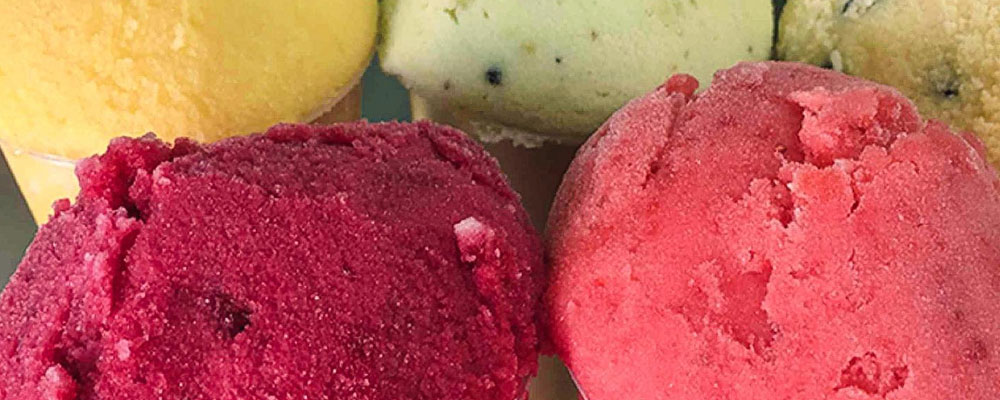
Ice carts are one of those beautiful scenes we can still see daily on the streets of our country. This tradition has centuries of history—discover it!
On hot days, amid a tianguis (open-air market) or market, we can always be certain there are nearby ice carts. Seeing the ice cream vendor pushing or pedaling the small cart with these delicious and cold flavored ices is one of those everyday scenes treasured in Mexico. With an interesting history, this trade remains very present in the imagination of both children and adults. Of course, this culinary custom is part of our daily life.
History of flavored ices in Mexico
The history of flavored ices in Mexico goes back to pre-Hispanic times. Various Mesoamerican peoples, especially those in the Valley of Mexico, used ice from mountains and volcanoes. The Mexicas, thanks to swift tamemes (porters), traded it at the Tlatelolco market. The ice was scraped and turned into a kind of snow, usually sweetened with honey and tlachique (aguamiel).
After the European conquest, the recipe for ice cream arrived in New Spain. These were and still are made with milk, according to the original recipe from Italy. However, some elements of their preparation were used to make traditional ices, whose base is water. They were mostly consumed by the Creole aristocracy, as they were costly. By the 17th century, there was commercial production of ices through estancos—commercial monopolies managed to varying degrees by colonial authorities. The most popular flavors were chocolate, lemon, zapote, guava, nanches, tuna cactus fruit, corn, strawberry, and pineapple.

The ice carts
It was not until the 19th century and after Mexico’s independence that things changed. Specifically, on December 13, 1854, the estancos that monopolized the extraction of ice and the trade of ices and ice creams were dissolved. This definitively freed their production and sale. Thus, people living near high places like Chalco, Puebla, or Atlixco (near Popocatépetl and Iztaccíhuatl volcanoes) began collecting ice to make and sell ices in markets and tianguis.
For this work, they began carrying wooden tubs containing the ices with the help of mules and donkeys. They also used carts pushed by themselves, a task made easier with the arrival of bicycles and tricycles in the 20th century. The jingling of bells, the horn’s sound, and the vendors’ shouts have since announced their presence in the streets.
Tradition and today
The tradition of ice carts in Mexico is an art. The ice cream vendor’s trade passes from generation to generation, transmitting the knowledge and techniques related to preparing this delicious and refreshing dessert.
Making traditional ices requires certain tools and utensils. The most important are the tubs or tinajas made of wood, which hold the ice to keep the snow cold. Other essential tools are used to mix the snow uniformly—primarily wooden ladles and shovels. These are generally heavy, but in the hands of master vendors, they do not seem so.
Finally, the most popular current flavors are lemon, strawberry, cheese, mango, coconut, mamey, rompope (eggnog-flavored), and “angel’s kiss.” They are typically served in disposable foam or plastic cups, as well as in cookie cones. Some exotic varieties have also appeared, such as cactus, avocado, and even grasshopper-flavored ices.



